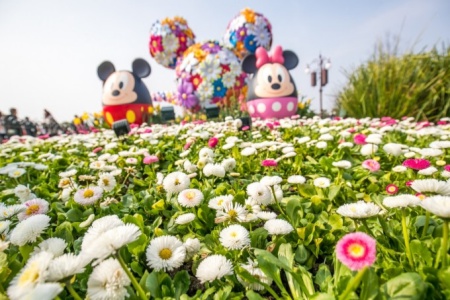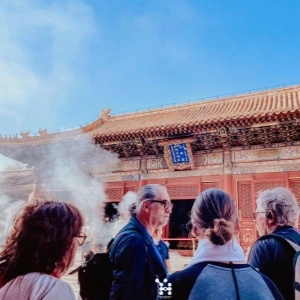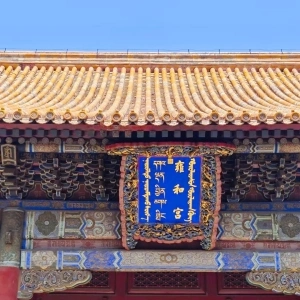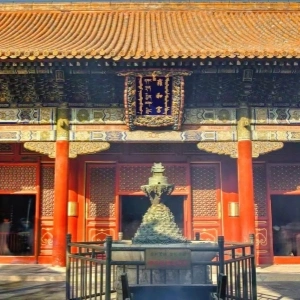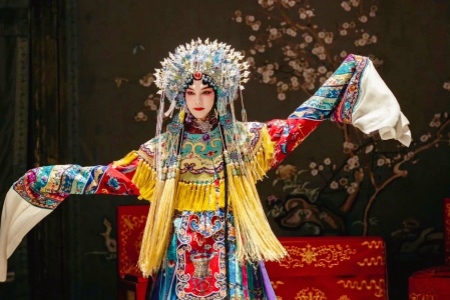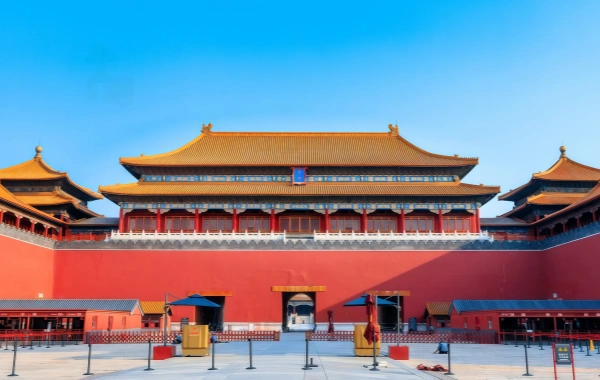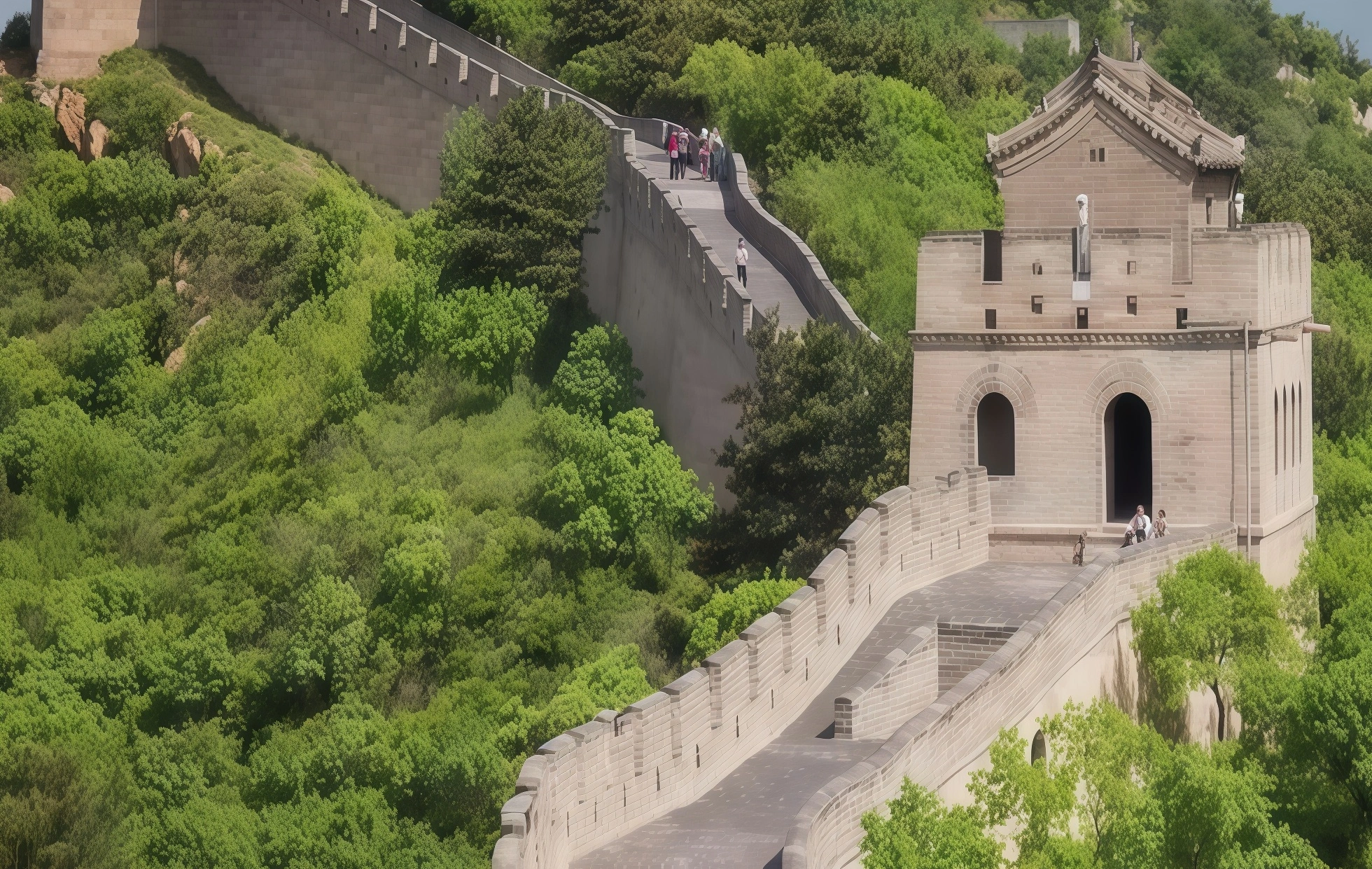Shanghai has always been a city influenced by foreign cultures. From being one of China's earliest port cities to becoming the bustling "Ten-Mile Foreign Settlement," various cultures have merged here.
The old Western-style buildings on the Bund and the modern skyscrapers in Pudong complement each other, while the traditional local life in the old town blends with the world's top wines, cuisines, and fashion, creating a harmonious fusion of Eastern and Western cultures, each splendid in its own right. If you want to know more travel guide in Shanghai, please feel free to contact us.
Best Time to Visit
As a world metropolis, Shanghai doesn’t have strict seasonal limitations, but every spring, the wintersweet, cherry blossoms, and magnolias bloom in succession, which are truly beautiful. Autumn is the best time to enjoy the hairy crab, with the saying "When autumn winds blow, crab legs itch," signifying the peak of this delicacy, with the crabs’ roe, fat, and meat at their best, making it irresistible.
From July to August, Shanghai is hot with high humidity, making it unsuitable for outdoor activities. January and February are the coldest months in Shanghai, so prepare for cold weather if you visit. The plum rain season in June and July requires carrying an umbrella when going out.
How to Get to Shanghai
By Air
Shanghai is one of the most important transportation hubs in China, with over a thousand flights arriving and departing daily. The two major airports not only handle flights between Shanghai and other parts of China but are also important entry and exit points for the country.
Shanghai has two main airports: Hongqiao International Airport and Pudong International Airport, both of which are the main bases for China Eastern Airlines. The two airports are located in the eastern and western parts of Shanghai, about 50 kilometers apart. If you’re transferring in Shanghai, it’s best to ensure both flights are at the same airport; otherwise, you’ll need to allow at least two hours to travel between the two airports.
1. Shanghai Hongqiao International Airport
Located in Puxi, it is closer to the city center than Pudong Airport and mainly handles domestic flights, with a limited number of international routes to Japan, Korea, and Hong Kong/Macau/Taiwan.
【Airport to City Transport】: The most convenient way to the city center is to take the Metro Line 10 or Line 2. Line 2 only stops at Terminal 2, while Line 10 has stations at both Terminal 1 and Terminal 2.
2. Shanghai Pudong International Airport
Located in Pudong, it is about 30 kilometers from the city center. The majority of international flights arrive and depart from here, making it one of China’s primary entry and exit airports. It connects to 73 international cities and 62 domestic cities.
【Pudong Airport Overnight Guide】: In Terminal 2, there are several reclining chairs at gates C75-77, along with charging ports. Additionally, there’s a budget airport hotel located between Terminals 1 and 2. In Terminal 1, on the 3rd-floor departure level, there are convenient charging seats, which are quieter and have more amenities.
Pudong to Hongqiao Airport Transport:
Airport Line 1:
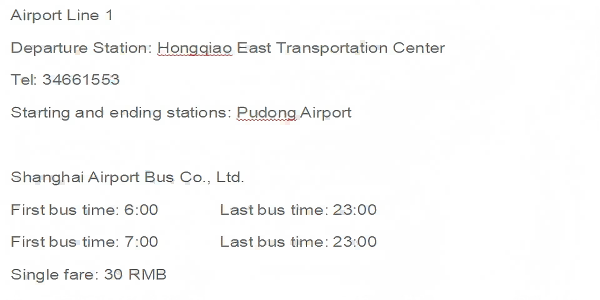
There is a direct shuttle bus between Pudong and Hongqiao Airport, taking about one hour, but traffic congestion may cause delays.
Metro Line 2:
This connects Pudong and Hongqiao airports, but the journey takes about 1 hour and 40 minutes, with many stops along the way. The train doesn’t go directly to either airport, and you will need to transfer at Guanglan Road station to a train going in the opposite direction.
Maglev Train + Metro Line 2:
Visitors can take the Maglev train from Pudong Airport to Longyang Road station and then transfer to Metro Line 2. Alternatively, take Line 2 from Hongqiao Airport and transfer at Longyang Road to the Maglev train heading to Pudong Airport. The Maglev journey takes less than 8 minutes, saving nearly half an hour of travel time.
By Train
Shanghai has four main railway stations: Shanghai Station (New Station), Shanghai South Station, Shanghai Hongqiao Railway Station, and Shanghai West Station.
1. Shanghai Hongqiao Railway Station
Mainly handles high-speed trains departing from Shanghai to cities across the country, including trains from Guangzhou, Beijing, Nanjing, and Hangzhou.
2. Shanghai Station
Shanghai Station is the main passenger station, often referred to as the New Station by locals. Over 70 trains depart daily to major cities across the country, including sleeper trains to Beijing, express trains to Tianjin, and direct trains to Hong Kong.
3. Shanghai South Railway Station
Shanghai South Railway Station has more than 30 pairs of trains every day, most of which are long-distance trains to the south and short-distance trains to Jiangsu and Zhejiang provinces. There are also a small number of trains to Yantai, Baotou, Lanzhou and other places.
4. Shanghai West Railway Station
Shanghai West Railway Station mainly serves the Shanghai-Nanjing Intercity High-Speed Railway, which departs from Shanghai, Wuxi, Suzhou and Nanjing.
Long-Distance Buses
Shanghai has more than 40 long-distance bus stations. The main ones are the Shanghai Long-Distance Bus Terminal, the Shanghai South Long-Distance Bus Terminal, and the Hengfeng Road Bus Terminal. These stations operate frequent services to East China’s provinces, especially to nearby Jiangsu and Zhejiang, and most buses are comfortable, luxury coaches. The Shanghai Tourist Distribution Center offers buses to nearby short-trip destinations.
Ferry
Shanghai is an important port for domestic ferries and international cruises. There are two international passenger terminals in Shanghai: the Shanghai Port International Passenger Terminal and the Wusongkou International Cruise Terminal.
The Shanghai Port International Passenger Terminal offers routes to Japan, Korea, Taiwan, Europe, and Southeast Asia, as well as domestic routes to Dalian, Ningbo, Hankou, and other ports.
The Wusongkou International Cruise Terminal currently consists of three parts: Shanghai Coastal Passenger Terminal, Shanghai Sandao (Chongming, Changxing, Hengsha) Passenger Terminal, and Shanghai Sandao Car and Passenger Ferry Terminal. There are many routes to Dinghai, Putuoshan, Nantong, Zhoushan, Daishan and cities along the Yangtze River.
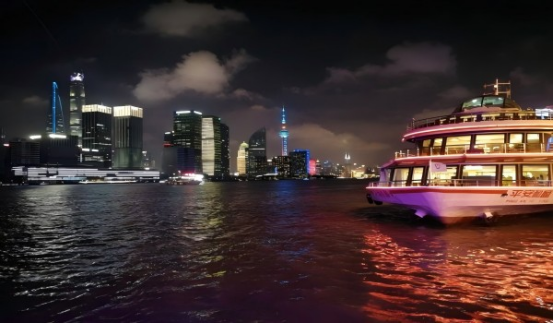
Shanghai Local Transportation
Common Transport
Ride-hailing services and taxis are very convenient in Shanghai, with major ride-hailing platforms available. The bus and metro networks are well-developed, with 14 metro lines currently in operation. Shared bikes are also readily available.
A popular way to experience Shanghai is by taking a sightseeing bus. These double-decker, open-top red buses offer four sightseeing routes (1, 2, 3, and 5) and two tourist routes, connecting many famous landmarks in the city and offering a unique perspective on Shanghai's architecture.
4 Sightseeing Routes
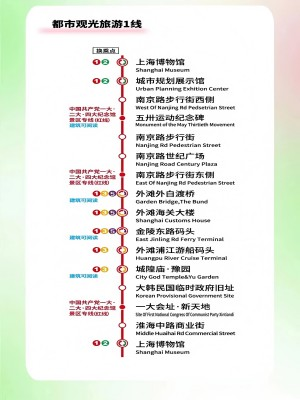
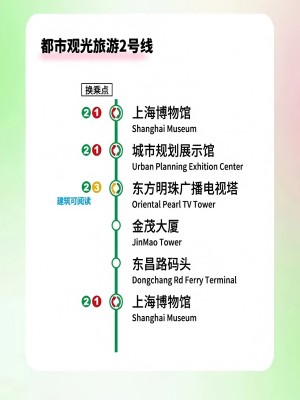
Puxi Essentials Line (09:00–21:30) Connects key spots in Puxi and Pudong (09:00–19:30)
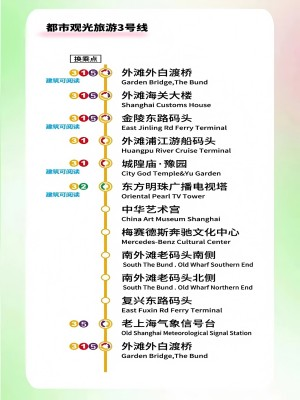
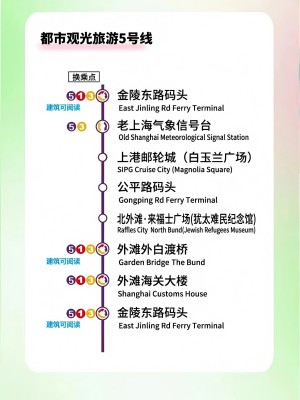
Pudong Deep Dive (09:00–16:00) North-South Bund Deep Tour (10:00–21:30)
2 Tourist Routes
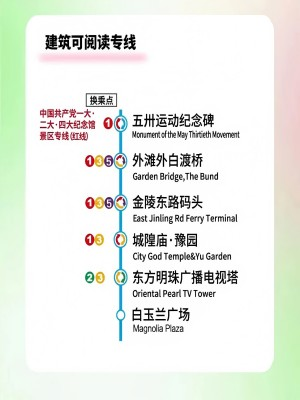
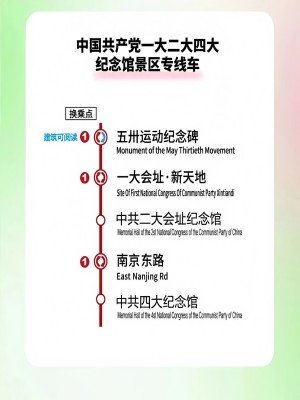
09:30–21:00 (After 16:00, no public narration service ) Connects to 5A scenic area venues (08:30–16:00)
BUS TOUR
Shanghai BUS TOUR has 3 routes: Red, Green, and Blue, operating every half hour. The red and green routes serve Puxi, while the blue route is for Pudong.
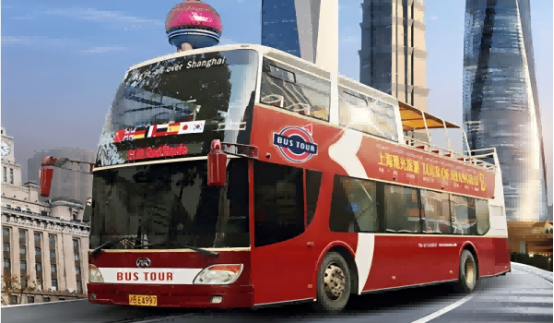
Red Line:
【Operating time】: 09:00–21:00 (Full ticket includes night view)
【Stops】: Nanjing Road (New World City), People's Square, People's Park, Nanjing Road Pedestrian Street, Shiliupu (Pudong Cruise Terminal), The Bund (Bund Sightseeing Tunnel), The Bund (General Union Building), Yuyuan Garden, Xintiandi, Nanjing Road (New World City)
Blue Line:
【Operating time】: 09:30–17:30
【Stops】: The Bund (Bund Sightseeing Tunnel), The Bund (General Union Building), Oriental Pearl Tower, Shanghai Tower, Jin Mao Tower, Old Wharf, Shiliupu (Pudong Cruise Terminal), The Bund (Bund Sightseeing Tunnel)
Green Line:
【Operating time】: 09:15–16:45
【Stops】: Nanjing Road (New World City), Shanghai Museum, Huaihai Road, Jing'an Temple, Shanghai Exhibition Center, Xintiandi Taikoo Hui, Nanjing West Road, People's Park, Nanjing Road (New World City)
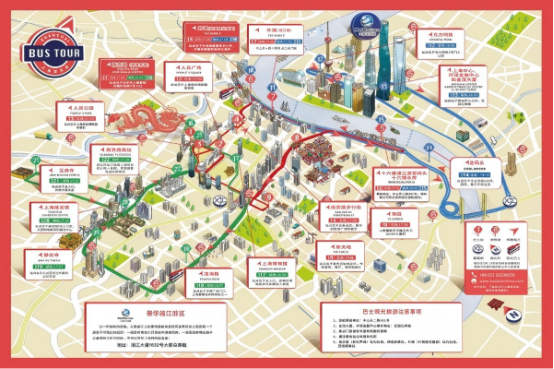
【Ticket Price Reference】:
● One-day ticket: ¥100 (Unlimited use within 24 hours)
● Two-day ticket: ¥180 (Unlimited use within 48 hours)
Shencheng Sightseeing Bus
The Shencheng Sightseeing Bus has two main routes, covering the most important tourist attractions in Shanghai. Transfers between the two routes are easy.
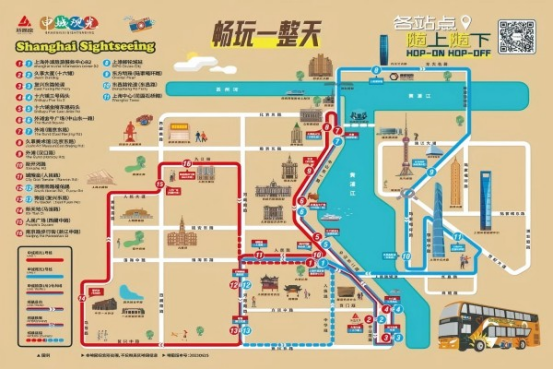
【How to Buy Tickets】:Tickets can be purchased directly from the driver at the station stops.
【Reminder】:The buses are equipped with commentary along the way. For more details, check the official WeChat account "Shencheng Sightseeing" for updates.
2 Routes:
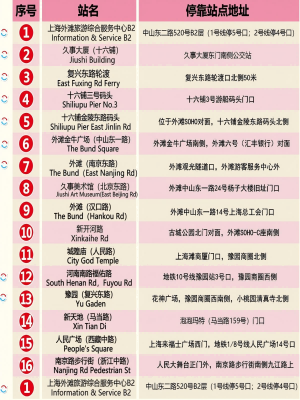
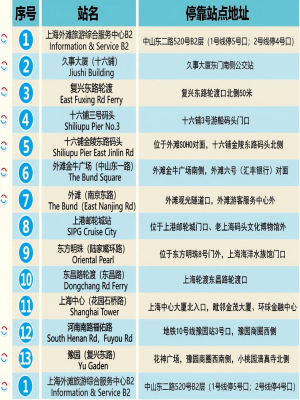
Route 1 (10:00–18:00) Route 2 (10:00–20:00)
Dongba (Donbar)
Formerly known as the "Lujiazui Tourism Loop," the "Dongba Donbar" features a double-decker British-style bus. It follows a fixed route, allowing unlimited stops and rides. It comes with a professional guide, free coffee, onboard Wi-Fi, and charging facilities.
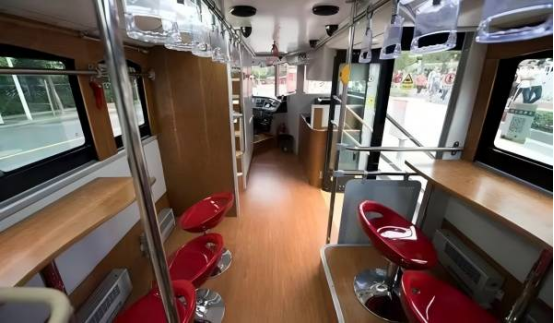
● Fixed Route: Dongchang Road Ferry (connected to City God Temple, The Bund) - Jin Mao Tower, Shanghai Tower, World Financial Center - Oriental Pearl Tower (Metro Line 2) - Ocean Aquarium - Dongchang Road Ferry
● Operating Time: 09:00–20:30
Cruises
The Huangpu River is Shanghai's mother river, and the Shanghai Huangpu River Ferry Center provides sightseeing cruises along the river.
【Boarding Pier】:
No. 89, Outer Ma Road (Shiliupu Tourist Center, Gate 3), East Gate Ferry Station South
【Address】:
No. 171, Zhongshan South Road, Shiliupu Water Tourism Center
【Getting There】:
Shiliupu Pier (Bus 33, 55, 307)
【Ticket Price】: ¥100
Related Posts
Create Your Customized Trip
Take about 2 minutes to fill the form to tell us how you like to travel, and get a reply within 1 working day.


